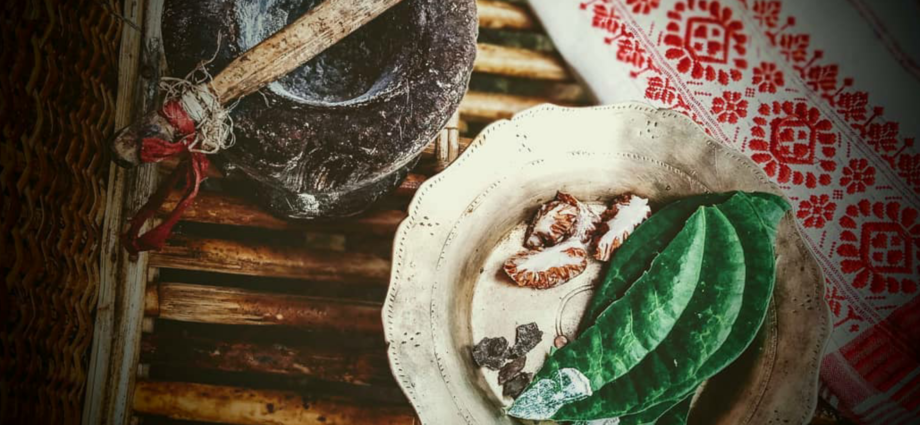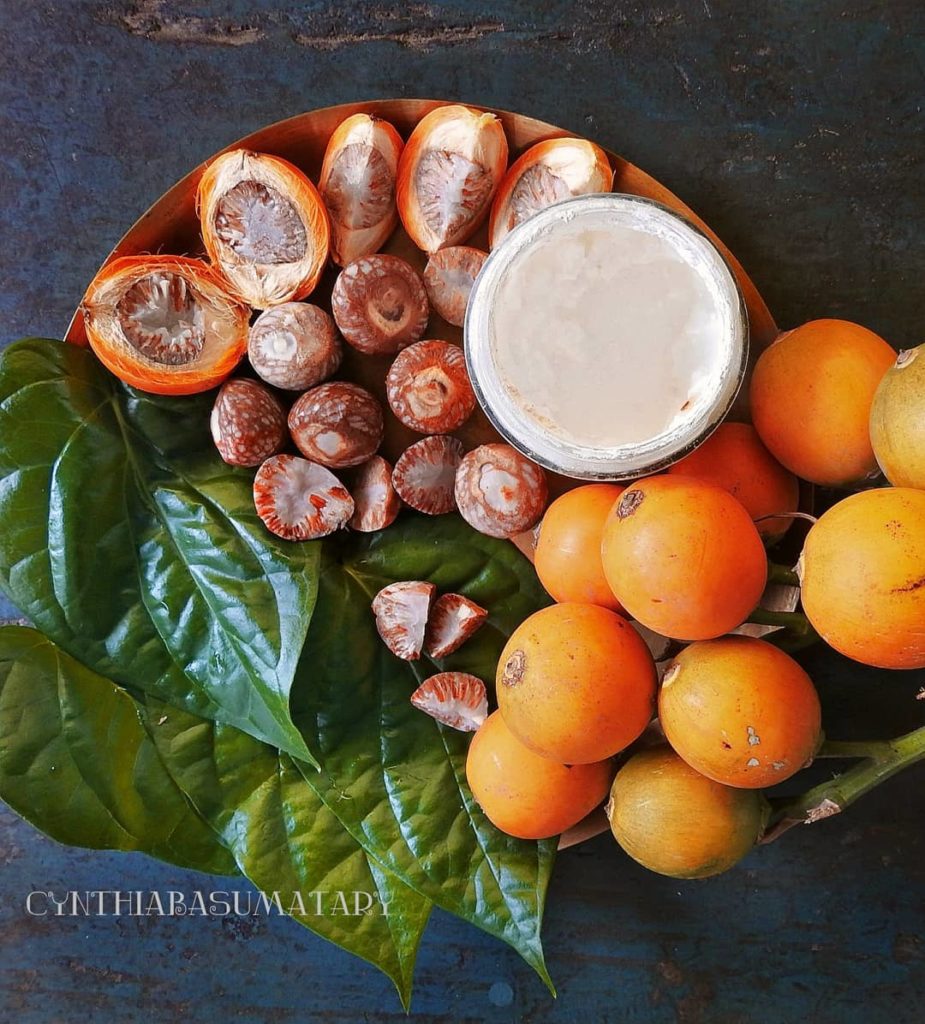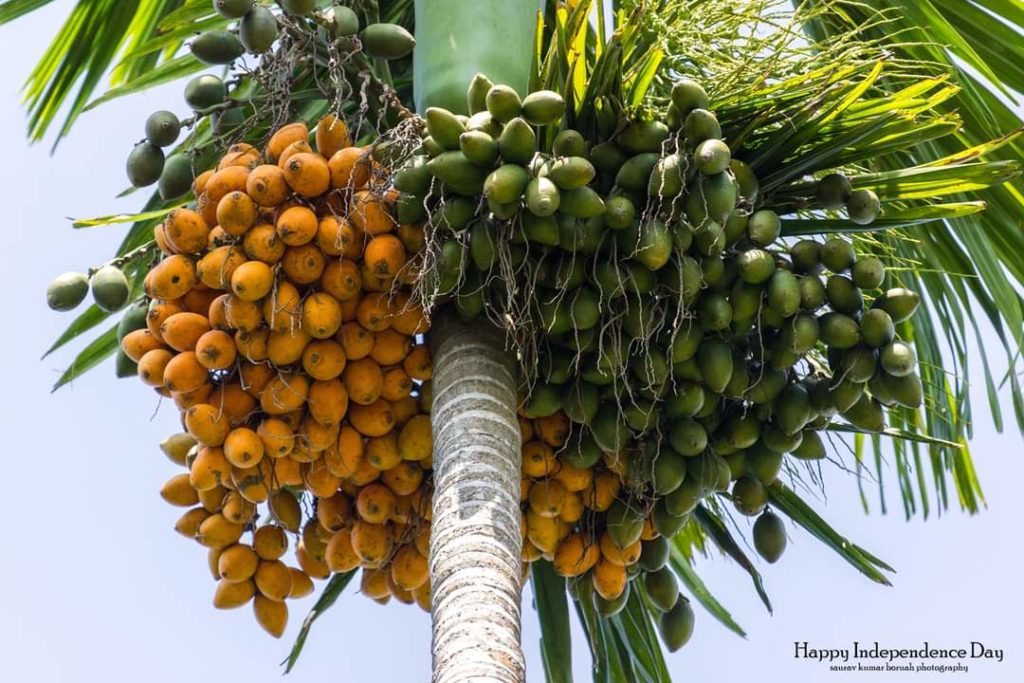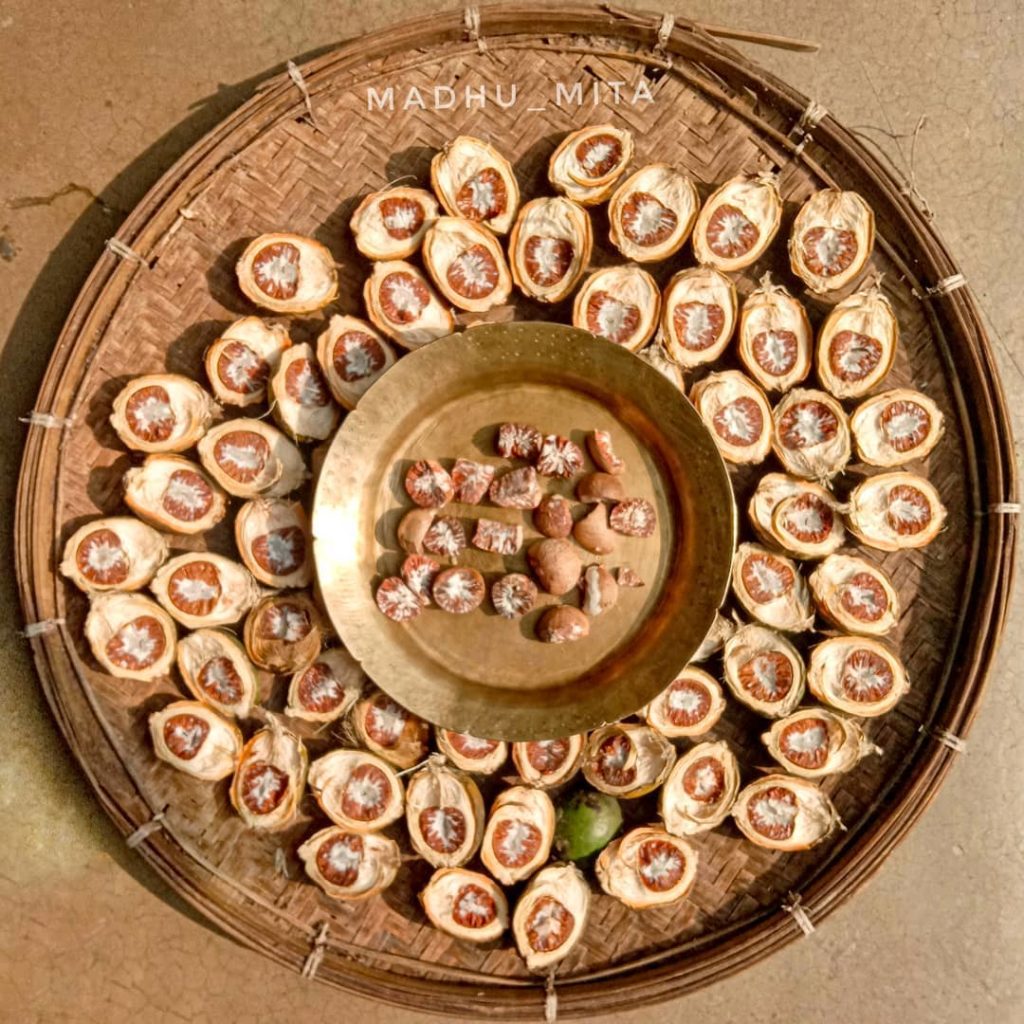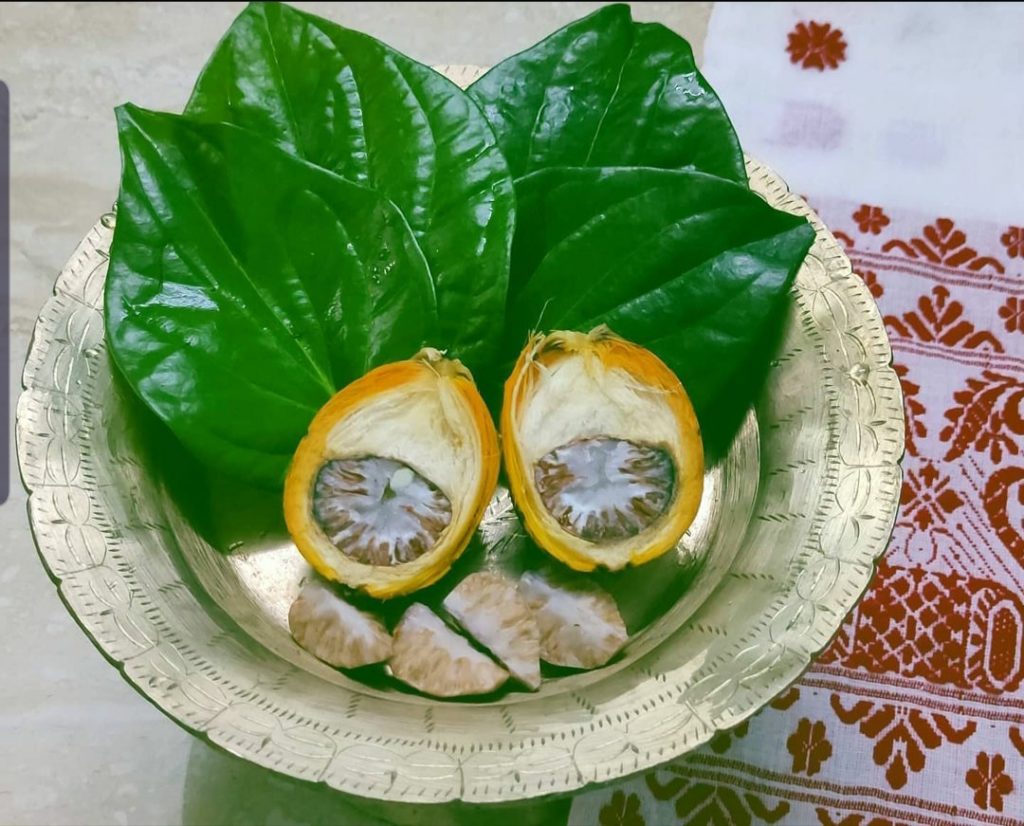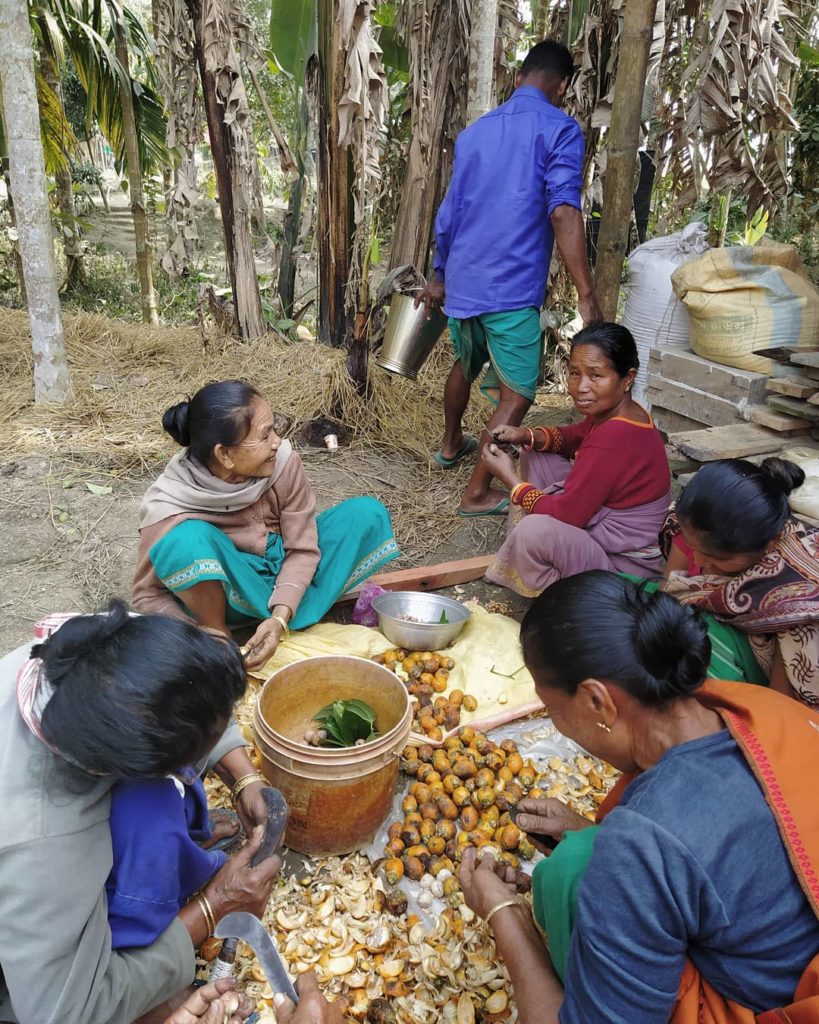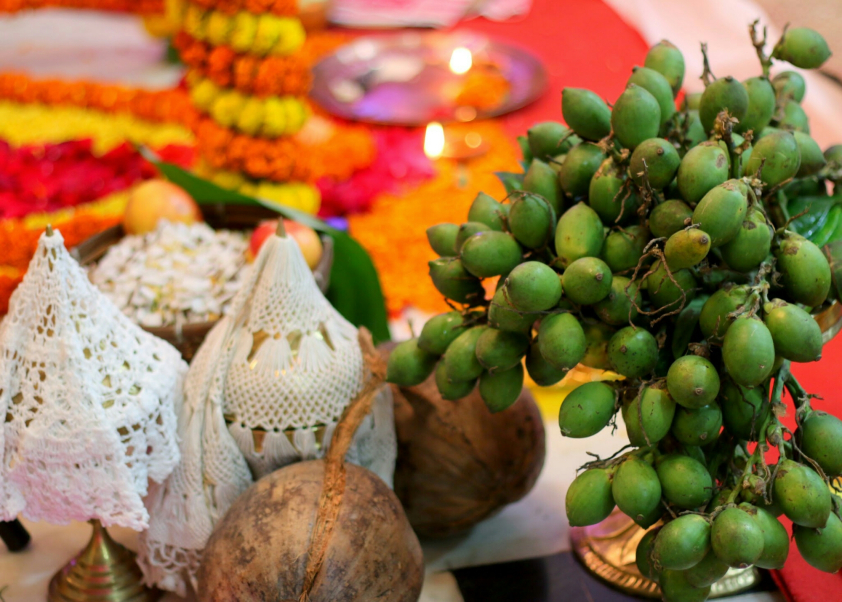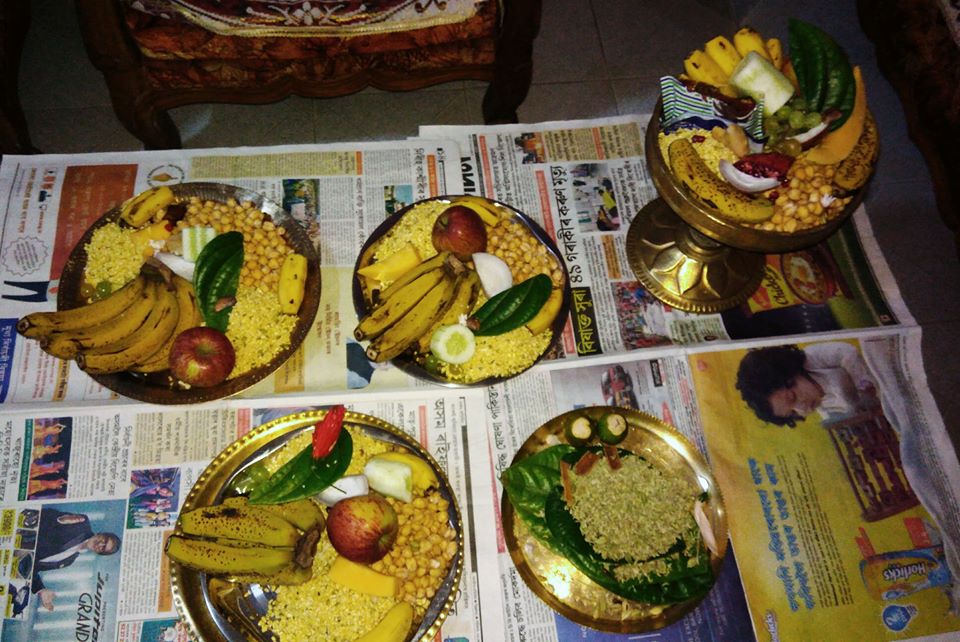Most outsiders believe Tamul to be only a mouth freshener consumed after main meals. Only a true Assamese knows that its value is much more than that. It is an essential part of any religious or pious event in Assam. A proper invitation for any social gathering, like a marriage, is accompanied by this combination.
Among various other things, one thing that you are bound to find in Assam is people consuming this fruit. Now, you must be wondering “what’s so special about it? People have it like a mouth freshener just like Paan.” Well the legacy of Tamul is way different than that of the different paans of India.
Tamul is basically the fresh Areca nut, not the dried version known as supari or bida . In Assam, it is consumed along with the betel leaf. Put a piece of tamul on the accompanying paan leaf , fold it and bite away. You can always smear some lime on the leaf if you want.
Tamul might not be very easy to handle for someone having it for the first time. So trying under supervision is often suggested to first timers. Although it is considered as a mouth freshener, it’s not like that people have it only after meals. You can have it at any time of the day.
In Assamese culture, it’s a tradition to offer Tamul Paan on a Bota to any guest coming to the house. Although this tradition is not widely seen in the city, it still exists in rural areas and towns of the state. It is often served as the first item, and removed at last. The idea is that the guests can consume it whenever they wish to. It also happens to be an excellent ice breaker and sometimes even as a time-pass chew-able while chatting.
Peeling a Tamul itself is not an easy affair. It’s somewhat like peeling a mini coconut. First you need to remove the husky exterior and then scrape off a fiber layer. What you are left with is the nut which again needs to be cut into pieces before consuming it with betel leaves. Just for humor, sometimes it is even said that if you don’t know how to peel a Tamul then you are not Assamese enough. So, whenever there’s a social event in any household in villages, one group of people will be solely assigned to peel the nuts.
Tamul can be consumed when it’s raw as well as in its ripe form. When it’s raw the nut is softer and it gives an peculiar taste when you chew it. But when it’s ripe, Tamul becomes a hard nut to crack, literally. As they say where there is a will there is a way, the eldery people have found a way out relish their favourite hard Tamul. They would take up mortar and pestle or a Khundona in Assamese to crush and grind the combo of Tamul and paan. The result is a reddish/brownish mix with an aroma.
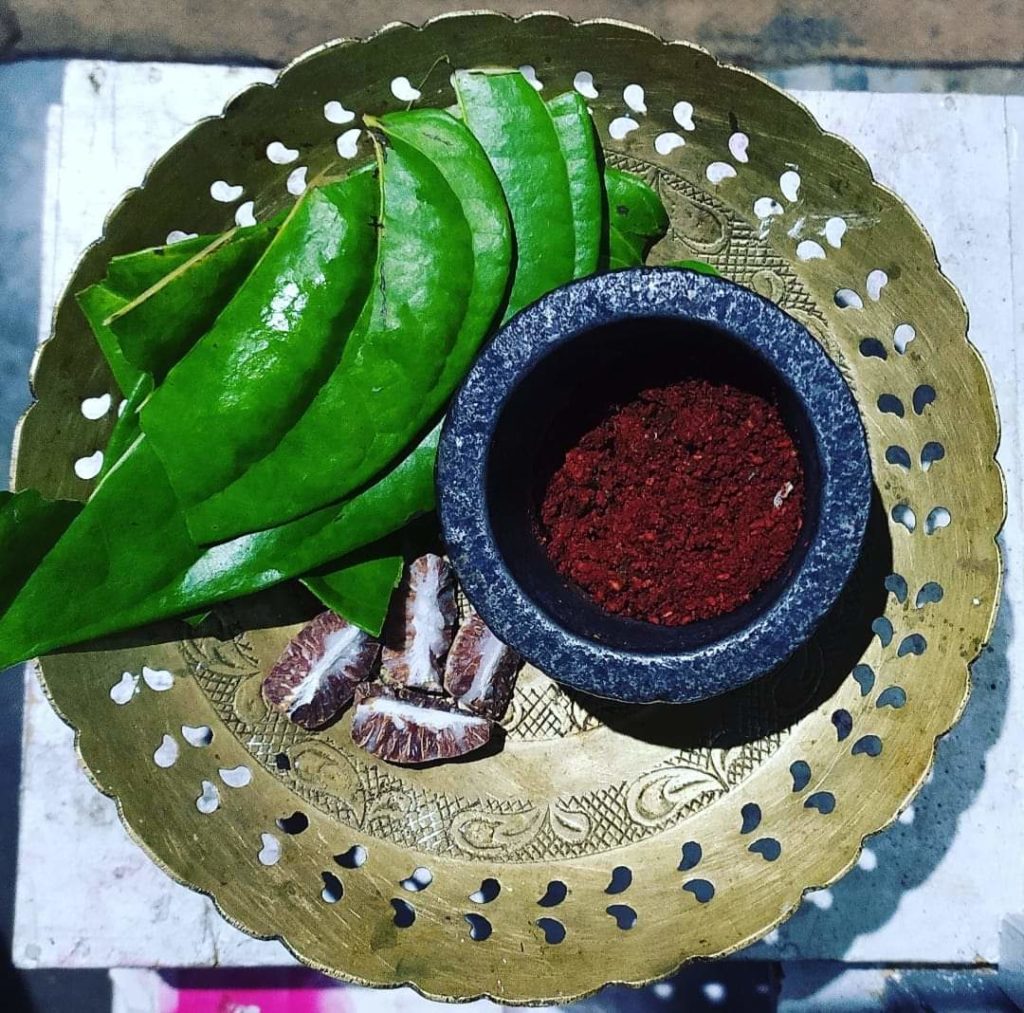
Tamul plays a crucial role in Assamese weddings as well. The branch of the fruit and a bundle of leaves are essential parts of the wedding. As a cultural symbol as well as part of the socio-religious belief, loaded bunches of the fruit are hung at the entrances of both the groom’s and bride’s houses. It is believed that the bunch captures and hinders any unholy or jealous intentions of anyone coming in the guise of guests.
Another bunch of this fruit is a must-have in the arsenal of things that need to be given to the bride by the groom’s family during the formal engagement. The bride need to accept it, followed by returning half of the bunch back to groom’s family to be taken home.
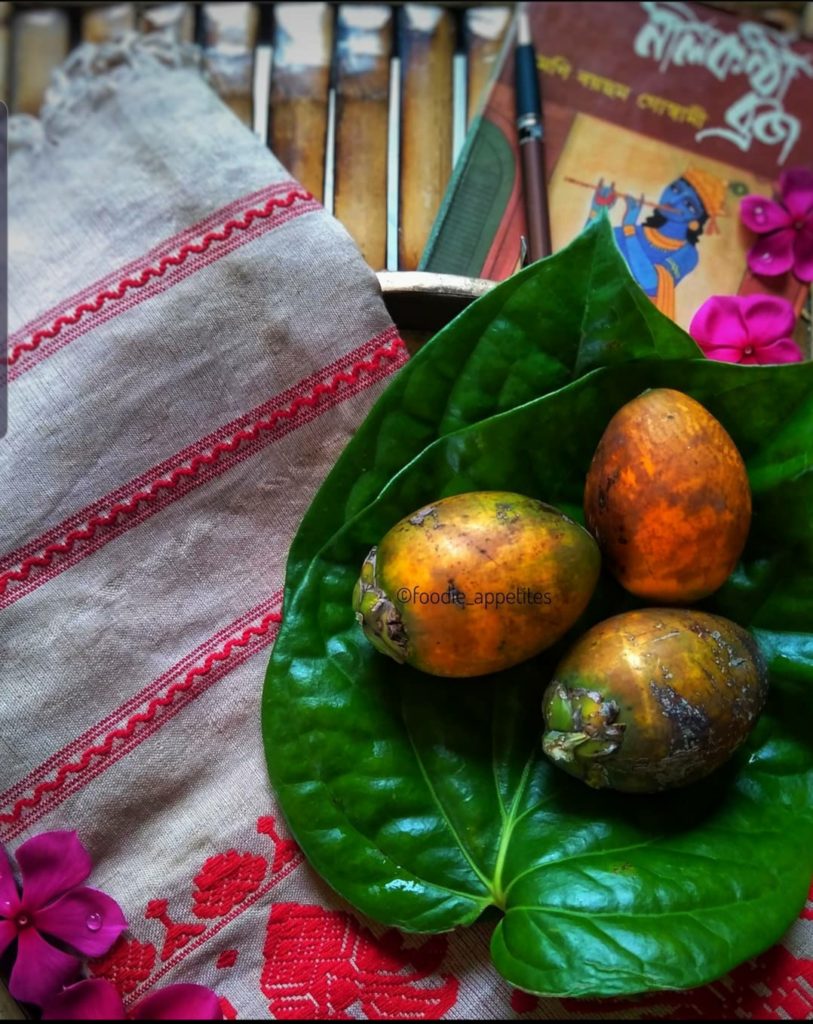
Also, in Satra Culture of Assam, Tamul Paan holds an important place. In any religious gathering of this tradition, part of the formal invitation and farewell of the elders involve this combination.
This combination also finds its presence in almost all religious and auspicious events from childbirth to death ceremonies from groundbreaking ceremonies to the biggest pujas. Tamul-paan is an essential part of the religious offerings made to the deities or the pundits.
This combination is also an essential part of seeking blessings from elders. Just kneeling down empty handed fro blessings might by a newly wed couple might be considered in contempt by the elders. Something as meager as a tamul and a leaf paan will however solve the problem!!
These were some of the traditional uses of Tamul in the Assamese Culture by Team Discover East. Do let us know if we missed something, also do not forget to share it if you like .
(Feature image source: kitchen_blunder)
